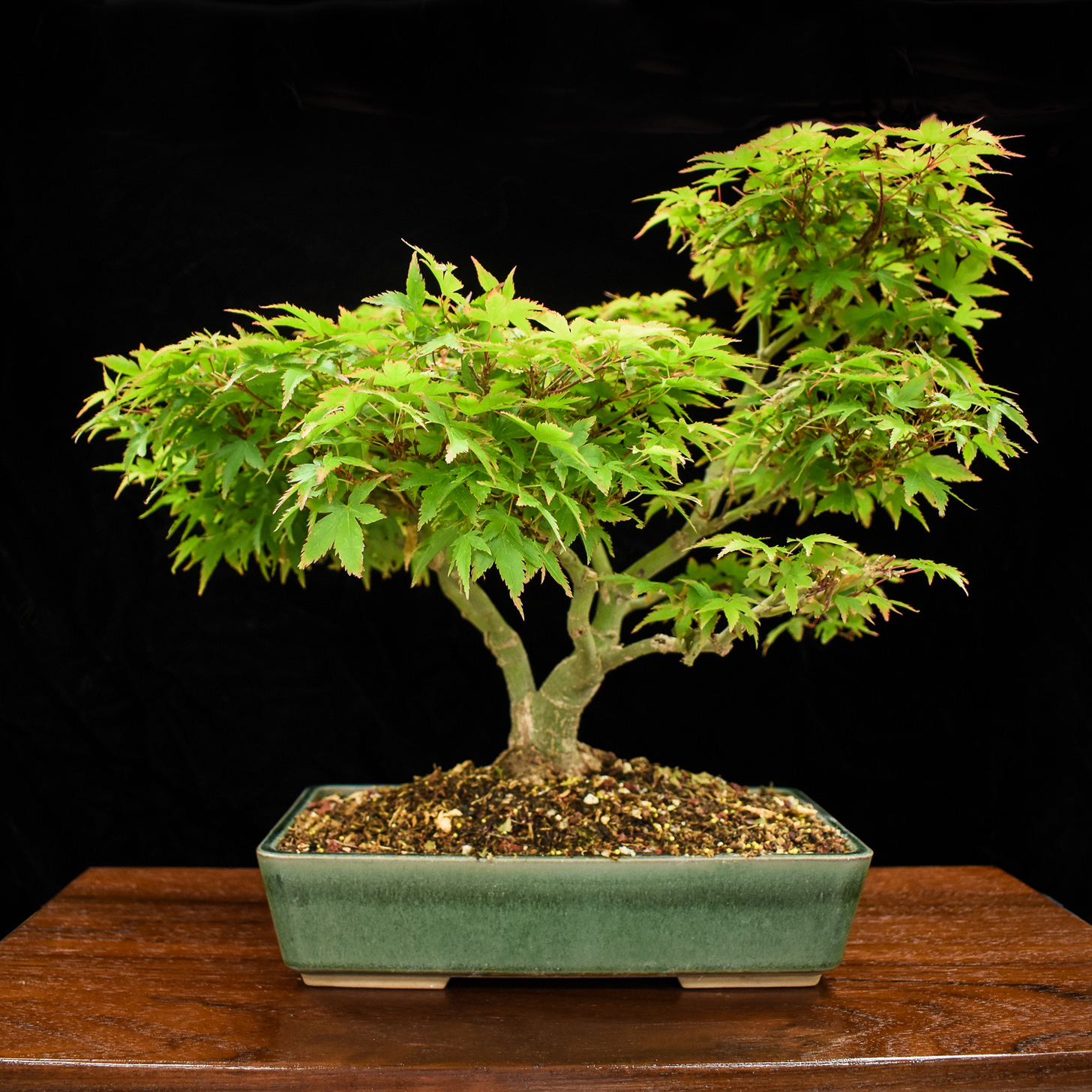Michelangelo believed, “Every block of stone has a statue inside it and it is the task of the sculptor to discover it.” Tim Arnold, president of the Albuquerque Bonsai Club says that is really close to what a good bonsai artist is trying to achieve. Bonsai is the long-term cultivation of small trees purely for the aesthetics of the tree itself, its miniature landscape and perhaps the resulting influence that the practice of that cultivation has on its cultivator. A Japanese tradition over a thousand years old, Albuquerque benefits from an active group of bonsai artists. They will be showing their work this Mother’s Day weekend at their annual Bonsai Show at the ABQ BioPark. It is a slow process to grow these trees, says Arnold, adding that, the result is one that is neither finished nor perfected. Trees that have been worked on for decades are not rare, with forms that ideally evoke a tree of much greater age and much larger size. Great trees that have been cultivated for years are often passed on to other bonsai artists over time, each bringing their own interpretations, ideas and techniques to the tree. The bonsai artists themselves also require cultivation and training, but it begins with an ability to connect with the tree.“First, you have to have a sense of what a tree looks like,” says Albuquerque Bonsai Club Captain John Egert when asked what makes a good bonsai artist. Laconic, maybe, but Egert’s comment speaks to an approach to the art of creating a bonsai tree that is less about what he wants, and more about what the tree can be. Each individual tree is a living sculpture that reveals its form with the aid, but ideally not the influence, of the bonsai artist. “I want to get ego out of it,” says Egert. “If it shows the hand of man, that’s not good.”The Albuquerque Bonsai Club shares their work with the public in what has been one of the best-attended bonsai shows in the country. They encourage the public to ask questions, but discourage physical contact. These trees are delicate and are to be seen, not touched. Egert says that it was at just such a public bonsai show when he was 8 or 9 years old that the idea to become a bonsai artist just hit him. He was struck, he says, with a sense of awe for the idea of being able to foster an apparently ancient tree, seemingly worn by age and the elements, yet sitting in a small container on a stand. Egert says to make a good bonsai artist, you have to have a sense of awe of the tree. You have to have “a dream of a tree.”
Bonsai Show
Saturday and Sunday May 11 & 12, 9am-5pm
ABQ BioPark Botanical Gardens
2601 Central Ave. NW
Entry included with park admission




